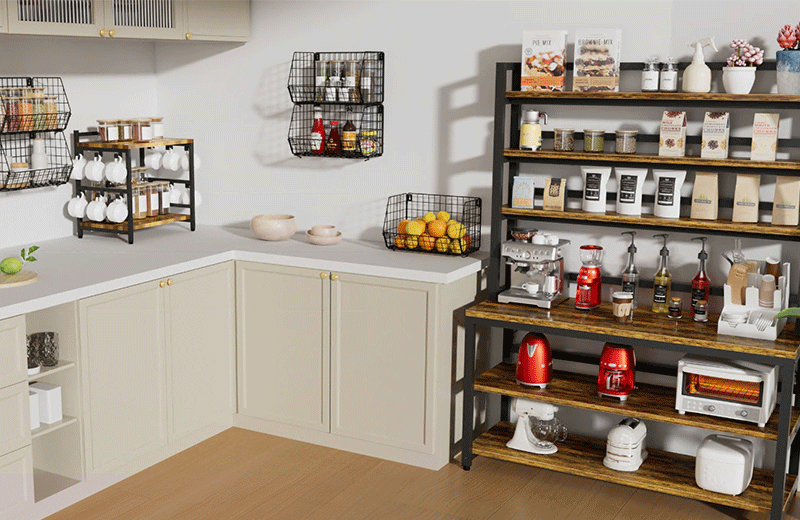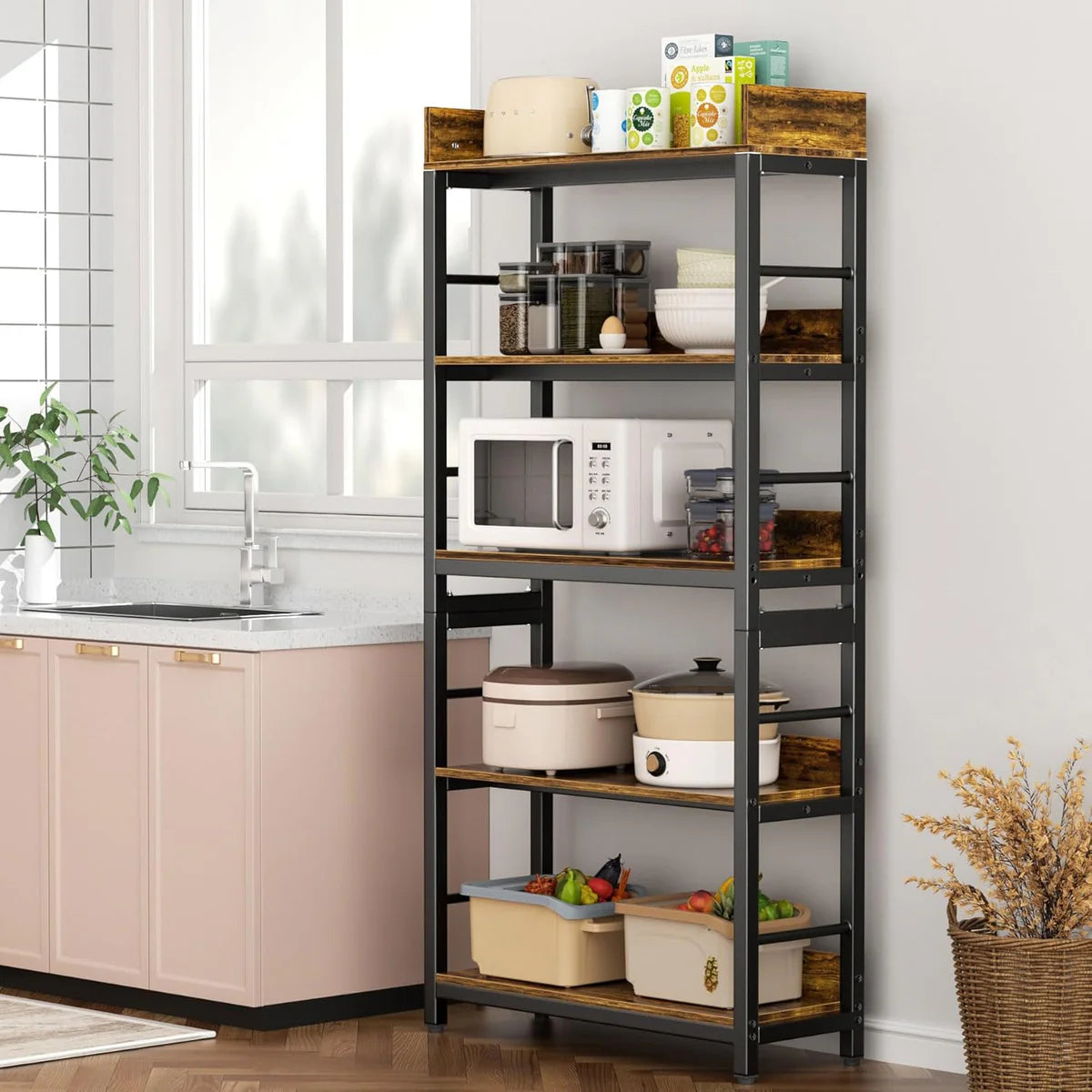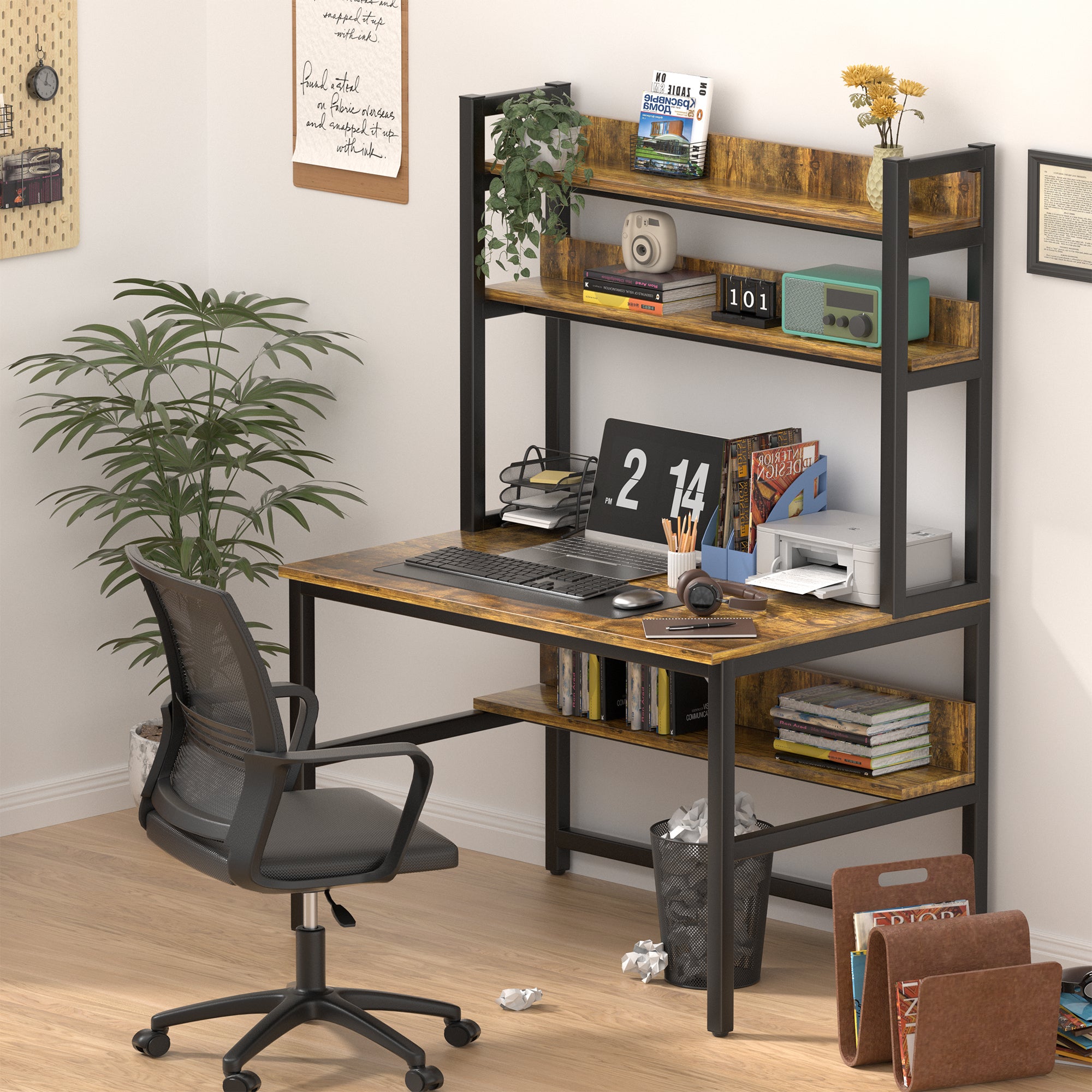A bookshelf is not just a piece of furniture; it is a gateway to knowledge, a display of personal interests, and a source of aesthetic pleasure in any room. Determining the best large corner bookshelf arrangement is a task that combines practicality, aesthetics, and personal preference.
I. Functional Considerations
-
Categorization by Genre
- One of the most common and practical ways to arrange books is by genre. Grouping books such as fiction, non - fiction, mystery, science - fiction, and self - help together makes it easier to find a specific book. For example, if you are in the mood for a thrilling mystery novel, you can quickly locate it within the mystery section of your bookshelf. This also helps in maintaining an organized library, especially for those with large collections.
- When categorizing by genre, it can be further refined. For non - fiction, one could divide it into sub - categories like history, science, and biography. This allows for even more efficient retrieval of books. For instance, a history buff can easily access books on different historical periods without having to search through the entire non - fiction section.
-
Frequency of Use
- Arranging books based on how often you read them can also be a great strategy. Keep your frequently read books at eye level or within easy reach. This could include your favorite novels, reference books that you use often for work or study, or self - help books that you turn to for motivation.
- Books that are less frequently read can be placed on the higher or lower shelves. This not only saves space but also ensures that your most - used books are always accessible. For example, if you are a student and have a textbook that you use every day for a particular course, it should be in a prominent position on the bookshelf.
-
Size and Format
- Considering the size and format of books can optimize the use of space on the bookshelf. Place large, hardcover books on the bottom shelves as they are heavier and can provide a stable base for the bookshelf. This also prevents the shelf from looking top - heavy.
- Paperback books, which are generally lighter and more flexible, can be placed on the middle or upper shelves. Magazines and small - format books can be grouped together in a corner or on a dedicated small - book shelf. This arrangement not only makes the bookshelf look more organized but also maximizes the available space.
II. Aesthetic Considerations
-
Color - Coordination
- Arranging books by color can create a visually stunning bookshelf. You can create a gradient effect, starting with light - colored books on one end and gradually moving to darker ones. This can add a sense of harmony and order to the bookshelf.
- Another approach is to create color - blocked sections. For example, group all the blue - covered books together, then the red - covered ones, and so on. This can make the bookshelf a focal point in the room, especially if the colors are coordinated with the overall color scheme of the room.
-
Vertical and Horizontal Placement
- Alternating between vertical and horizontal placement of books can add visual interest. Placing some books horizontally can break up the monotony of vertical spines and create a more dynamic look. You can use horizontally placed books as a base for small decorative items like a small vase or a framed photo.
- However, be careful not to overdo it. Too many horizontally placed books can make the shelf look cluttered. A good rule of thumb is to have no more than one - third of the books on a shelf placed horizontally.
-
Display of Special Editions and Collectibles
- If you have special edition books, first editions, or collectible items, give them a prominent position on the bookshelf. They can be placed in the center of a shelf or at the end, depending on the overall layout.
- You can also use small bookends or display stands to showcase these special items. For example, a signed first - edition of a classic novel can be placed on a small pedestal - like bookend, making it stand out from the rest of the books.
III. Personal and Sentimental Considerations
-
Author - Based Arrangement
- For some avid readers, arranging books by their favorite authors can be a meaningful way to organize the bookshelf. This allows them to easily see all the works of a particular author in one place. It also reflects their admiration for certain writers. For example, if you are a big fan of Jane Austen, having all her novels grouped together can be a source of joy and pride.
-
Memory - Associated Arrangement
- You can arrange books based on memories associated with them. For instance, books that you read during a particular vacation, or books that were given to you by a special person can be grouped together. This adds a personal touch to the bookshelf and makes it more than just a storage place for books.
- It could be that a book given to you by your grandmother holds a special place in your heart. Placing it in a visible and special location on the bookshelf can evoke warm memories every time you look at it.
In conclusion, the best bookshelf arrangement is a combination of functionality, aesthetics, and personal sentiment. It should be tailored to your individual needs, whether it is for easy access to books, creating a beautiful display, or commemorating personal memories. By carefully considering these aspects, you can transform your bookshelf into a unique and organized space that reflects your personality and love for books.







